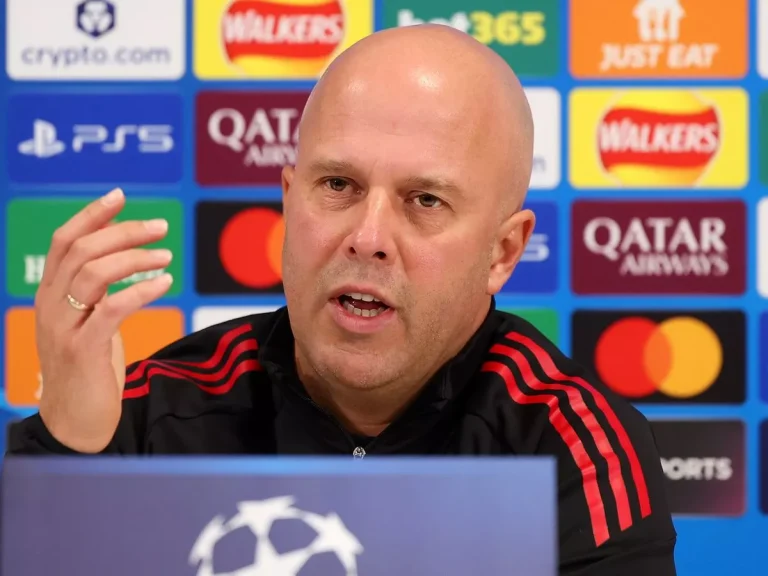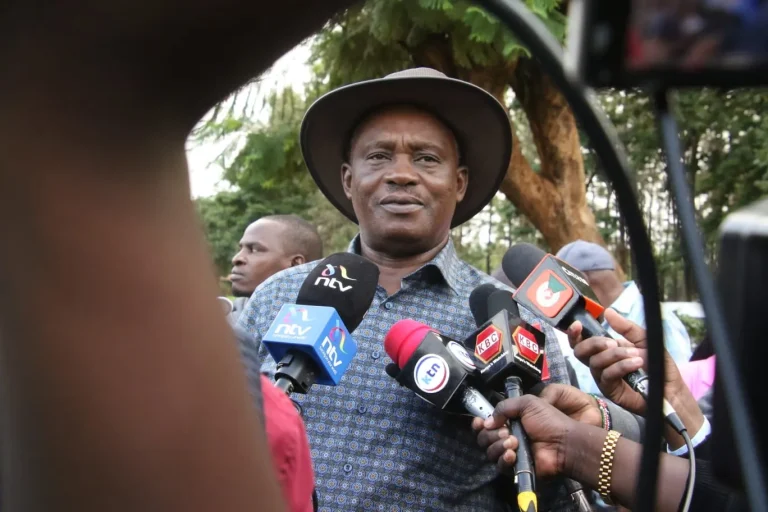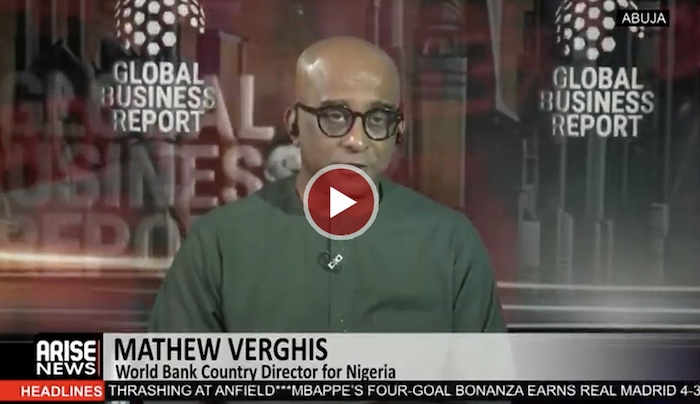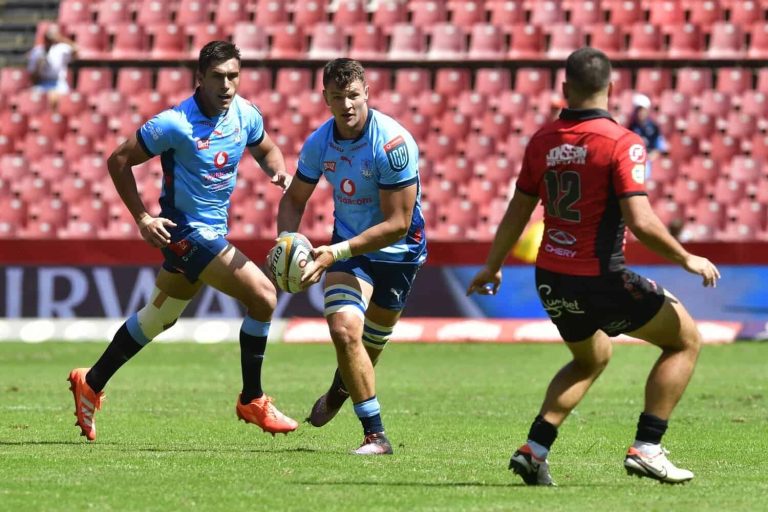
As African and European leaders gathered in Luanda, Angola on Monday, November 24, and Tuesday, November 25, for the 7th AU–EU Summit, the meeting marked a milestone: 25 years since the first gathering in Cairo, Egypt where both sides agreed that peace and prosperity can only endure when shared.
A quarter-century later, the world is more fractured, the geopolitical landscape far more complex, and global competition for resources, markets and political influence more intense.
Yet the underlying premise that Africa and Europe rise or falter together has only grown stronger. Today, the European Union remains Africa’s biggest trading partner, investor and development ally.
More than half of all Global Gateway flagship investments worldwide are taking place on the continent. In return, Africa collectively ranks as the EU’s fourth-largest trading partner.
Against this backdrop, Luanda offers more than symbolism. It is a test of whether the two regions can deepen cooperation on the issues shaping their shared future, from security and governance to clean energy, mobility and sustainable growth.
Uganda sits at the heart of this dynamic. Its role in regional peace efforts, the fight against violent extremism, and mediation has long made it a key political actor.
At the same time, EU-backed initiatives, from renewable energy investments around Lake Victoria to digital transformation and infrastructure projects, show how the partnership is shifting toward industrialisation, value addition and resilience.
For Brussels, Kampala is a case study in how African-led solutions, supported by European investment, can drive long-term stability and economic transformation.
In this brief interview ahead of the Luanda Summit, EU Commission President Ursula von der Leyen speaks to The Observer about Europe’s expectations for the summit, the future of the AU–EU partnership, and the EU’s widening support for Uganda’s clean energy transition.
WHAT ARE THE EXPECTATIONS FOR THE EU–AU SUMMIT?
Twenty-five years ago, the first-ever Summit took place in Cairo between the European and the African Union. Leaders made a simple yet powerful commitment. That peace and prosperity can only last when they are shared.
When our destinies are truly bound together. The world has changed since our Summit in Cairo. But this unique bond between Europe and Africa remains as solid as ever. In Luanda, we will celebrate the spirit of Cairo.
And we will take the unique partnership between Europe and Africa to the next level. We will announce new projects under Global Gateway, Europe’s investment plan for a better- connected world.
We will open a new era in trade and cooperation between our two continent-wide markets. And we will step up our cooperation on clean energy and critical raw materials projects that create value and jobs in Africa, for the African people. Because this is how Europe builds partnerships. Genuine, enduring partnerships.
HOW IS THE EU SUPPORTING THE CLEAN ENERGY TRANSITION IN UGANDA?
One year ago, Europe and South Africa launched the ‘Scaling Up Renewables in Africa’ campaign to mobilise investments for clean energy. To help provide access to electricity for the 600 million people who still lack it.
And attract investors in this booming sector in Africa. Last week, we rallied the world and mobilised €15.1 billion for this. For a clean energy future for Africa and its people.
UGANDA
In Uganda, the Global Gateway is investing in the energy grid, off-grid solutions in remote areas, energy generation and in connections with citizens and businesses.
Energy access projects will bring electricity to at least three million additional people and thousands of businesses by 2027, boosting the economy around Lake Victoria.
By interconnecting Uganda’s energy grid to the ones of its neighbours, South Sudan and Tanzania, we will also facilitate electricity trade between the countries. This will promote a more responsible use of energy resources and lead to energy savings, which are essential for the green transition.



